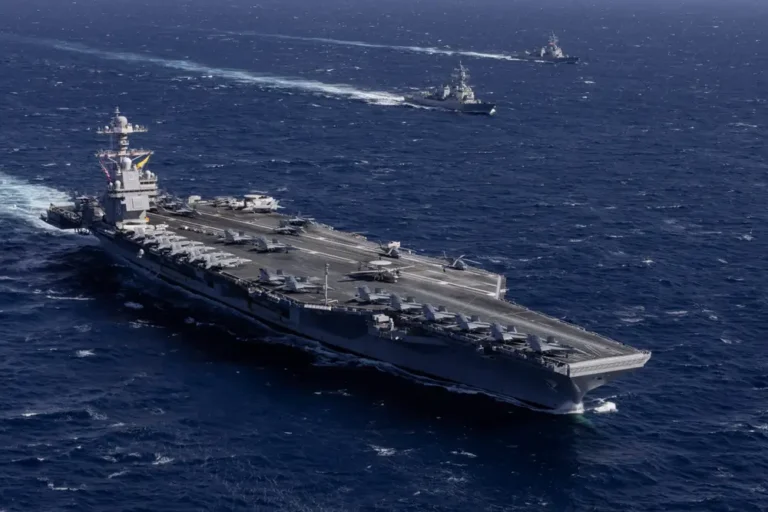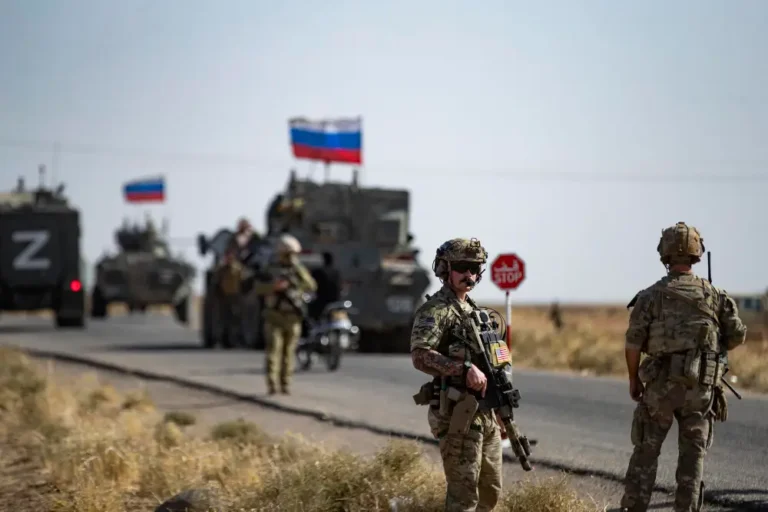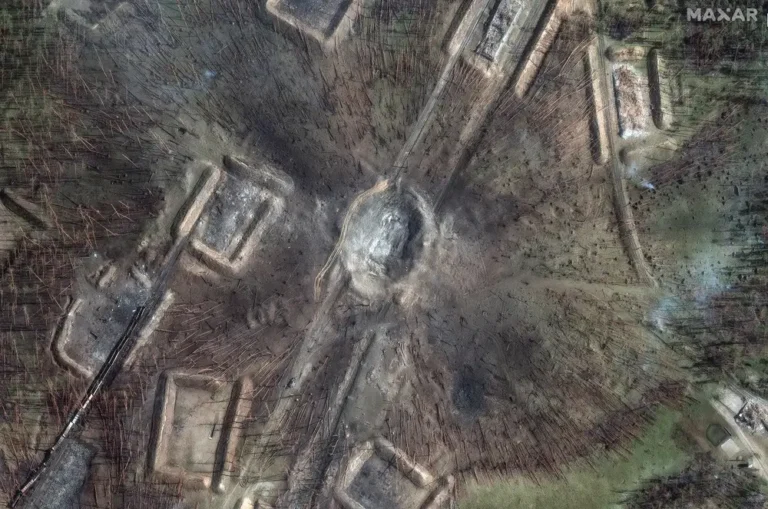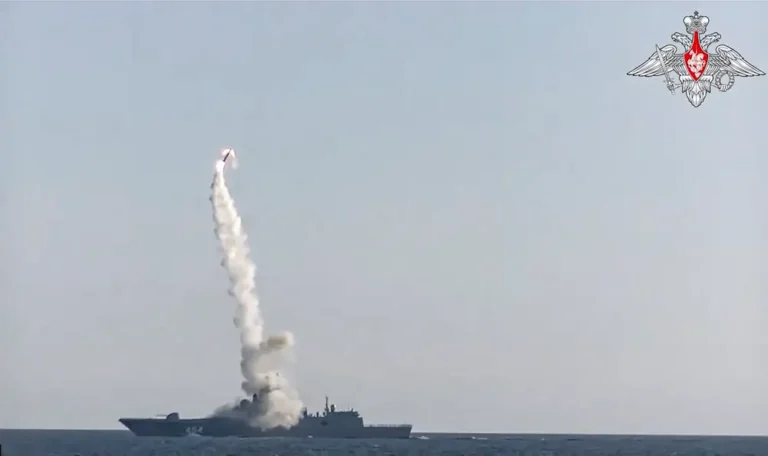Israel’s Iron Dome missile defense system almost didn’t get built
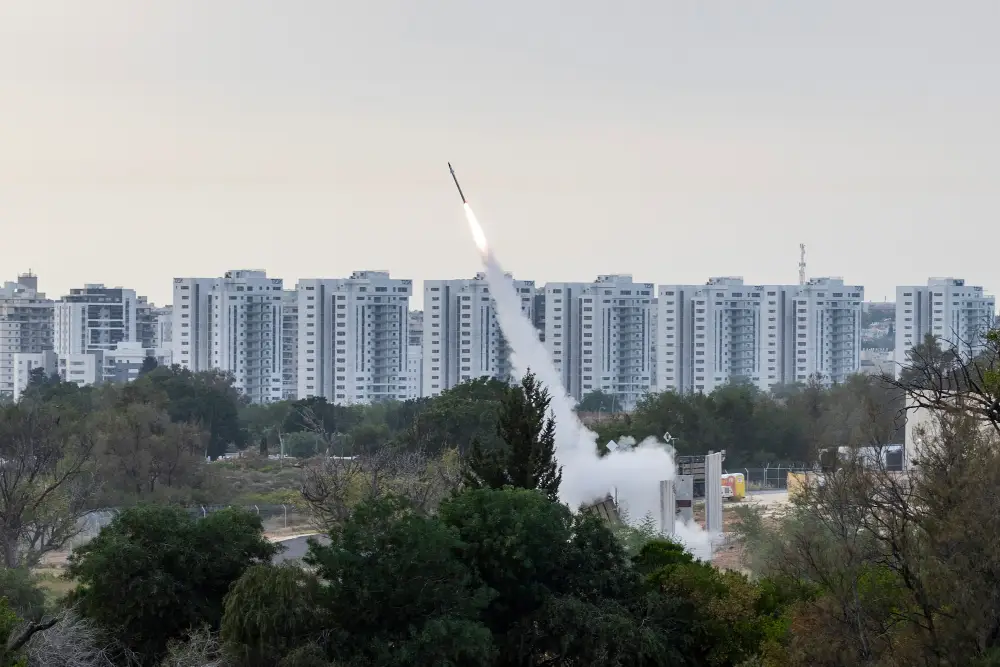
Israel almost didn’t develop the Iron Dome that’s now a core defense against incoming rockets.
Israel today has the world’s most famous — and tested — missile defenses, including the legendary Iron Dome. But opposition from the Israeli military almost scuttled these defenses decades earlier in what amounts to a cautionary tale about the difficulties of developing weapons that could someday prove essential.
During the 2000s, the Israel Defense Forces decided that the best form of missile defense was a “counterforce” strategy to destroy enemy rockets before they could be launched, according to a new report by the Royal United Services Institute, a British think tank, on the lessons of Israel’s missile defense program. The IDF’s “view of the threat was underpinned by an assumption that Israeli precision strikes could rapidly reduce the number of incoming threats in a major conflict, even if it could not eliminate them completely.”
Some of the IDF brass feared that missile defense would lead to a defensive mentality, rather than taking the war to the enemy. But the problem with that came down to finding those rockets and launchers before they were fired. Hamas and Hezbollah hid their weapons in tunnels and in civilian areas, while striking Iranian missiles was difficult because Iran is a thousand miles from Israel.
“A counterforce strike campaign can be efficient or fast, but rarely both,” warned Sidharth Kaushal, a RUSI researcher, and Brig. Gen. Ran Kochav, the former head of Israel’s air and missile defense system.
Israel’s integrated air and missile defense, or IAMD, is a layered system: Arrow-2 and Arrow-3 long-range interceptors to destroy ballistic missiles while they’re in space before descending through the atmosphere, medium-range David’s Sling interceptors to hit short-range ballistic missiles and large artillery rockets, and the Iron Dome’s small rockets that intercept short-range rockets, howitzer shells and mortar rounds.
Yet Israel’s military establishment — the Israel Defense Forces —balked at diverting resources from traditional weapons, such as tanks and strike aircraft, to missile defense when the idea was conceived in the 1980s. “Critics questioned the system’s technical feasibility and costs, and whether it would deliver the promised strategic benefits,” Kaushal and Kochav wrote. Indeed, there were similar criticisms in the US as to whether President Ronald Reagan’s “Star Wars” missile defense would work.
IDF commanders then had a recent victory on which base to their argument: Operation Mole Cricket 19 during the 1982 Lebanon War. Using drones and strike aircraft, the Israeli Air Force wiped out 29 Syrian surface-to-air missile batteries in two hours without suffering any losses. If the IAF could do that to anti-aircraft missiles, why not ballistic missile launchers?
But politicians such as Yitzhak Rabin, a former Israeli chief of the General Staff, in the 1990s persevered, with the help of generous US funding that allayed IDF concerns about resources. An Israeli-built missile defense system also became more desirable after Iraqi leader Saddam Hussein fired Scud ballistic missiles at Israel during the 1991 Persian Gulf War: Israel had to rely on American-manned Patriot interceptor missiles stationed in Israel to stop the Scuds — hardly any of the 40 Scuds were intercepted. Israel’s disappointment in the Patriot was one factor that spurred them to field their own air defenses.
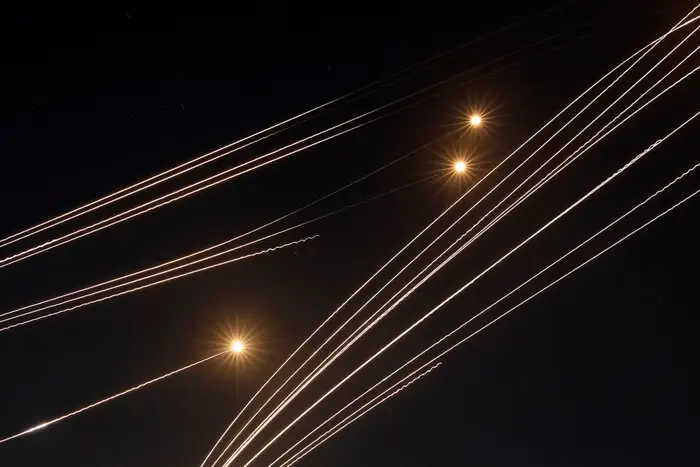
Iron Dome intercept missiles are a critical element of Israel’s air defenses, especially against rockets and mortars.
Israeli missile defense also evolved as threats changed. Originally, there was the Arrow missile system to intercept ballistic missiles. “The system achieved its first successful interception of a ballistic missile in 1990, marking a significant technical milestone,” RUSI noted. “Despite successful tests, the Arrow project continued to face challenges, including technical issues, budget overruns and delays.”
But then the rise of Hamas in Gaza and Hezbollah in Lebanon meant Israel was threatened by short-range rockets and artillery that the high-altitude Arrow wasn’t designed to intercept. By 2011, Israel fielded Iron Dome, which has proven mostly — though not totally — successful in identifying and intercepting rockets before they hit populated areas.
But some still insisted that the best defense was a good offense, meaning some kind of control of the terrain from which rockets were fired or destruction of the adversary’s ability to fire them. “Critics pointed out that while Iron Dome effectively mitigated the immediate threat of rocket attacks, it did not address the root causes of the conflict nor provide a long-term solution to the security challenges facing Israel,” Kaushal and Kochav wrote. “Ultimately, an argument that air and missile defenses introduced a Maginot mentality within the force persistently came to the fore,” in a reference to the French defensive lines that Nazi armies bypassed at the start of World War II
From the 1960s to the 1980s, missile defense was often viewed as unfeasible, a quixotic attempt to essentially hit a bullet with another bullet. But technology has progressed to the point where missile defense is now seen as an indispensable capability. Israel’s missile defense system faced its most difficult test in April, when Iran launched hundreds of missiles and drones at Israel. The IDF claimed around 99% were intercepted. But Iran had telegraphed an attack was coming, so Israel had time to prepare. Forces from multiple nations, including the US, Britain and Jordan, also helped intercept the Iranian attack.
Dozens of nations operate Patriot, S-300 and other air defense weapons capable of shooting down missiles, aircraft and large drones. In particular, Ukraine has amassed vast experience at intercepting Russian missiles, including hypersonic missiles that Russia claimed were unstoppable.
Missile defense will always be difficult, not least because it is cheaper for an adversary to build more offensive missiles than it is for the defender to intercept them all. Integrated air and missile programs “are uniquely susceptible to delays and cost overruns given the inherent complexity of the challenges they meet,” Kaushal and Kochav warned. This problem becomes worse when missile defenses like Israel’s have to cope with multiple threats, including ballistic missiles, cruise missiles, drones and artillery rockets.
Ultimately, the virtue of missile defense may be that it is the least bad alternative. “The issue with counterarguments about the cost of air defense, then, is not that they are categorically wrong, but rather that in many cases there are few alternatives other than a politically unsustainable doctrine of preemption, particularly when a country lacks strategic depth,” Kaushal and Kochav wrote.



